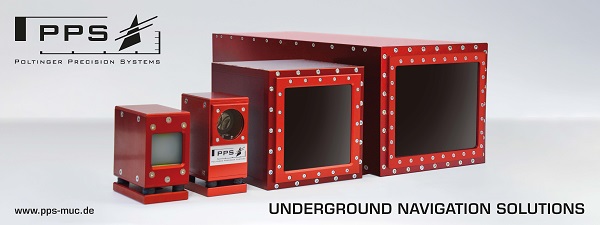giant cutting head of TBM Stefania that excavated the M4 in Milan now at Museo Nazionale Scienza e Tecnologia
Italian company Webuild gave the cutter head of TBM Stefania to National Museum of Science and Technologia for exhibition. They informed the media with information below.
Milan, Oct. 31, 2023 – The TBM Stefania, one of the six mechanical excavating machines that worked on the tunnels of , built by the Webuild Group, after captivating the public for more than six months at the entrance to the Milan Triennale, has set off again. In fact, the giant cutting head has found a new "home" at the "Leonardo da Vinci" National Museum of Science and Technology (Museo Nazionale Scienza e Tecnologia) in Milan, tonight, where it will be displayed as an example of made-in-Italy engineering excellence. Yesterday evening, the municipal police escorted for two hours the exceptional transport composed of a convoy of two vehicles for the head and the saddle.
The "mechanical mole," or rather its cutting head, which alone has a diameter of 6.7 meters and weighs 58 tons, was the big star of the exhibition "" organized by Webuild at Milan’s Triennale last March. The exhibition, visited by thousands of people, reserved a special place to the contribution of TBMs in the construction of Milan’s metro.
Stefania stands as a symbol for all TBMs currently working for the Webuild Group in our construction sites abroad and in Italy. Over 200 TBMs worked 24/7 non-stop for our Group since it was founded, completing 1,500 kilometers of tunnels in 50 years: the equivalent of one large underground tunnel linking Milan to Copenhagen.
The museum's destination was chosen precisely because of its strong connection to the world of technological and industrial development, told through stories of people, inventions, research, discoveries, and business realities that have helped transform society over the past two centuries, with particular reference to Italy. The TBM thus has now become part of its collections, a symbol of progress in the transportation and innovation sector that is transforming the mobility concept in Italian cities.
Once at its destination, the TBM head will be placed in the gardens, next to the Railway Pavilion on a special concrete base on which the steel structure supporting it has been placed. From here, all Museum visitors will be able to admire it.
TBMs are large mechanical moles that do not just excavate underground. They do so much more, like simultaneously fixing the tunnel lining, enabling the complete mechanization of tunnel excavation and construction. The largest of these giant complex machines reach almost 120 meters in length and 19 meters in diameter. The cutting head alone, like the one exhibited in Milan, can weigh between 400 and 500 tons. Each TBM needs a team of about 80 people to operate, who typically work eight-hour shifts to ensure the best efficiency and forward speed.
Once at its destination, the TBM head will be placed in the gardens, next to the Railway Pavilion on a special concrete base on which the steel structure supporting it has been placed. From here, all Museum visitors will be able to admire it.
TBMs are large mechanical moles that do not just excavate underground. They do so much more, like simultaneously fixing the tunnel lining, enabling the complete mechanization of tunnel excavation and construction. The largest of these giant complex machines reach almost 120 meters in length and 19 meters in diameter. The cutting head alone, like the one exhibited in Milan, can weigh between 400 and 500 tons. Each TBM needs a team of about 80 people to operate, who typically work eight-hour shifts to ensure the best efficiency and forward speed.
cover tunnel photo by: Matt Brown from London, England / CC BY
Copyright 2019-2024 TunnelContact.com









www.youtube.com